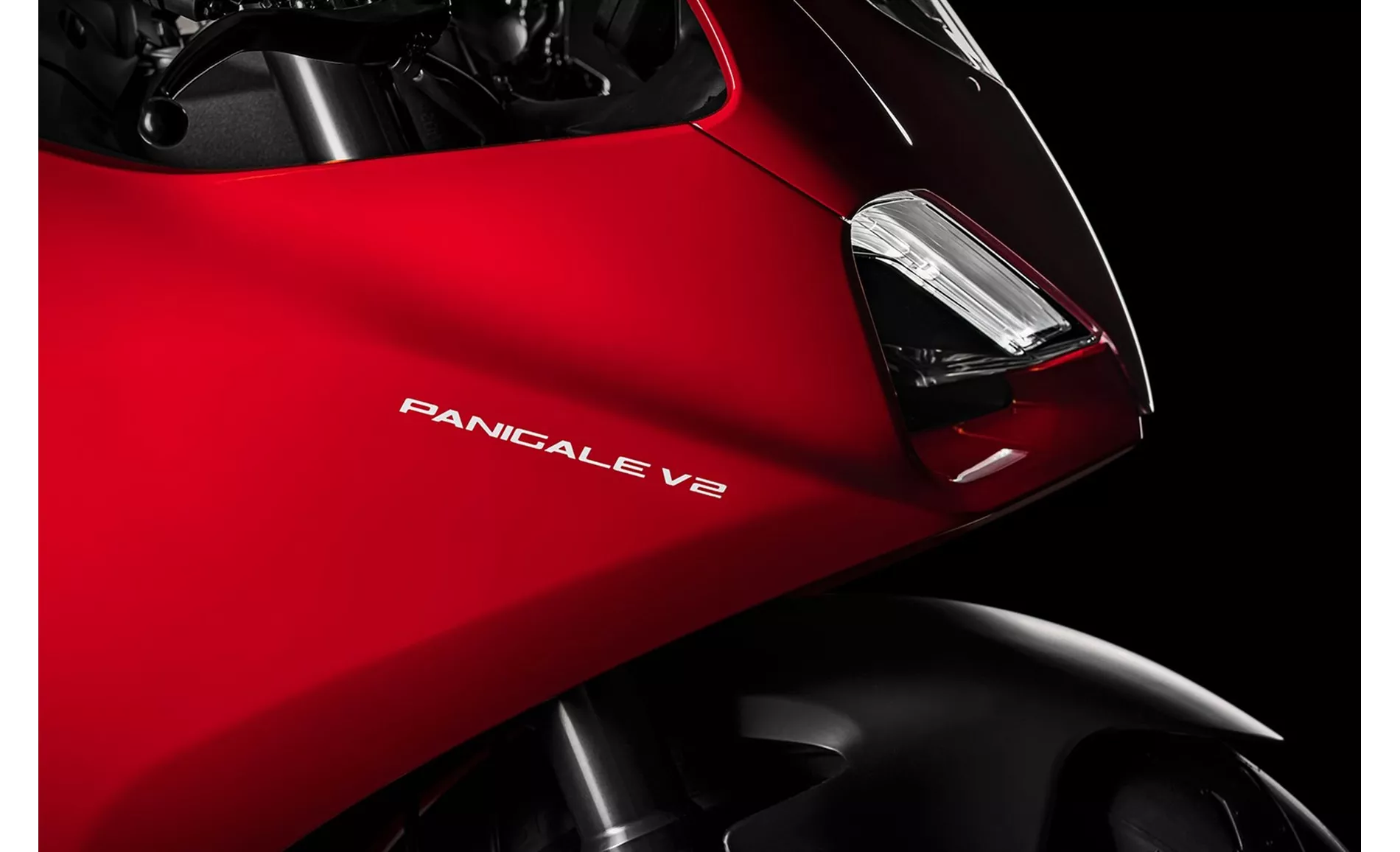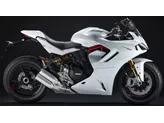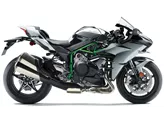Ducati Panigale V2 2020 vs. BMW S 1000 RR 2019

Ducati Panigale V2 2020

BMW S 1000 RR 2019
Overview - Ducati Panigale V2 2020 vs BMW S 1000 RR 2019
The Ducati Panigale V2 2020 and the BMW S 1000 RR 2019 are both high-performance supersport motorcycles that offer thrilling riding experiences. While they share some similarities in terms of features and specifications, there are also notable differences between the two.
Starting with the engines, the Ducati Panigale V2 2020 is equipped with a V-twin engine with a displacement of 955cc, producing 155 horsepower and 104 Nm of torque. On the other hand, the BMW S 1000 RR 2019 features an inline-four engine with a displacement of 999cc, delivering a higher power output of 207 horsepower and 113 Nm of torque. The Ducati's engine is known for its smooth power delivery and impressive mid-range torque, while the BMW's engine offers a wider rev range and a more linear power delivery.
In terms of design, the Ducati Panigale V2 2020 stands out with its beautiful and noble aesthetics, attracting attention wherever it goes. The BMW S 1000 RR 2019, on the other hand, features high-quality details such as the frame, swingarm, and display, which add to its overall appeal.

Ducati Panigale V2 2020
Both motorcycles come with advanced rider assistance systems to enhance safety and performance. The Ducati Panigale V2 2020 offers riding modes, cornering ABS, ride by wire, quickshifter, traction control, and anti-wheelie assistance. The BMW S 1000 RR 2019, on the other hand, features ABS, riding modes, launch control, ride by wire, quickshifter, and traction control. Both bikes provide a comprehensive electronics package, ensuring a high level of safety and fun on the road.
In terms of suspension, both motorcycles feature upside-down telescopic forks at the front and monoshock suspension at the rear. The Ducati Panigale V2 2020 has a front suspension diameter of 43mm, while the BMW S 1000 RR 2019 has a slightly larger diameter of 45mm. Both bikes offer adjustable compression, preload, and rebound settings for optimal suspension performance.
When it comes to braking, both motorcycles are equipped with double disc brakes at the front, with a diameter of 320mm. The Ducati Panigale V2 2020 utilizes radial monoblock technology for its front brakes, while the BMW S 1000 RR 2019 features radial brakes. Both bikes offer hydraulic actuation for precise and powerful braking performance.

BMW S 1000 RR 2019
In terms of dimensions and weights, the Ducati Panigale V2 2020 has a wheelbase of 1436mm, a seat height of 840mm, and a kerb weight of 200kg (with ABS). The BMW S 1000 RR 2019 has a slightly longer wheelbase of 1441mm, a lower seat height of 824mm, and a slightly lighter kerb weight of 197kg (with ABS). Both motorcycles have LED headlights for improved visibility.
In terms of weaknesses, the Ducati Panigale V2 2020 could benefit from a few more horsepower compared to other engines of its size. The BMW S 1000 RR 2019, on the other hand, has lost some of its "thrill" due to its linear power delivery. The menu navigation on the BMW may also take some time to get used to.
In conclusion, the Ducati Panigale V2 2020 and the BMW S 1000 RR 2019 are both exceptional supersport motorcycles with their own unique strengths and weaknesses. The Ducati offers a beautiful design, outstanding electronics, and a well-balanced combination of engine power, chassis, and ergonomics. The BMW, on the other hand, delivers a more controllable power delivery, top-notch performance, and high-quality details. Ultimately, the choice between the two will depend on the rider's personal preferences and priorities.
Technical Specifications Ducati Panigale V2 2020 compared to BMW S 1000 RR 2019
Pros and Cons in comparison
Pros and Cons in comparison
Ducati Panigale V2 2020

For us, the Panigale V2 is the ultimate road super sports bike. Sophisticated electronic assistance systems that leave nothing to be desired, Ducati's fun 955 cm³ two-cylinder Superquadro engine that generates more than enough power for the road with 155 hp, a great seating position and a high degree of controllability. All of this characterises the Panigale V2 and for this reason it is probably "the" country road supersports bike for us at the moment, but it also cuts a good figure on the racetrack. The Panigale V2 should appeal above all to pilots for whom 200 hp rockets are a bit too much, and to all those who have also been enchanted by this work of art on two wheels.
BMW S 1000 RR 2019

The new 2019 BMW S 1000 RR is a completely new supersports bike. It has become significantly more compact and, above all, lighter. The machine is incredibly easy to control and, compared to the previous model, almost feels like a 600! The seating position and the entire set-up of the machine have become much sportier, but can be brought to the tarmac in a much more user-friendly way thanks to the significantly improved electronics package, the saved weight and, last but not least, the almost linear power delivery of the power unit - bravo! Unfortunately, there is still one downer: if you want to benefit from the innovations to the maximum, you have to put a maximum number of crosses in the dealer's box. In return, however, you can create your own individual BMW!
Price Comparison Avarage Market Price Ducati Panigale V2 vs BMW S 1000 RR
There are a few key differences between a Ducati Panigale V2 2020 and a BMW S 1000 RR 2019. In terms of price, the actual average price of a Ducati Panigale V2 2020 is about 4% higher. Compared to BMW S 1000 RR 2019 there are less Ducati Panigale V2 2020 bikes available on the 1000PS.de Marketplace, specifically 5 compared to 11. It takes less time to sell a BMW S 1000 RR with 63 days compared to 84 days for the Ducati Panigale V2. Since model year 2020 1000PS.de editors have written 9 reviews for the Ducati Panigale V2 and 135 reviews for the BMW S 1000 RR since model year 2010. The first review for the Ducati Panigale V2 was published on 10/23/2019 and now has more than 70,000 views. This compares to more than 4,000 views for the first review on BMW S 1000 RR published on 4/16/2008.






















